Türkmenbaşy Ruhy Mosque
The controversial final resting place of the equally controversial first president of Turkmenistan.
The Türkmenbaşy Ruhy Mosque was built by Saparmurat Niyazov, the thoroughly peculiar first president of Turkmenistan. Unlike most mosques, the walls of Türkmenbaşy Ruhy are inscribed, controversially, with scriptures from not only the Quran but also the Ruhnama, Niyazov’s own spiritual guide to life.
During the last half-century, few presidents have come close to the sheer weirdness of Niyazov, a repressive dictator who ruled over the sparsely populated country from 1985 until his death in 2006. The leader foisted a long list of bizarre decrees upon his country, including banning lip syncing at public concerts, banishing dogs from the capital city, Ashgabat (citing their “unappealing odor”), and outlawing opera, ballet, and circuses because they were “decidedly unturkmen-like.” He also supposedly banned beards, the use of makeup by television presenters, and gold teeth (he recommended that his people chew on bones instead). Oh, and apparently he did away with the Turkmen word for bread and renamed it gurbansoltan, after his mother.
So, yes, Saparmurat Niyazov was eccentric. He was also semi-illiterate, but that didn’t stop him writing a new spiritual guide and a kind of origin story for Turkmenistan. The booked was called the Ruhnama (The Book of the Soul), and it was a rambling mess full of dubious claims.
Still, many of his countrymen—89 percent of them being Muslim—ended up reading the Ruhnama, simply because they didn’t have much choice in the matter. Niyazov had copies placed in every school and library across the nation. He made reading it a compulsory part of the national driving test and required reading in schools and universities. Then in 2006, despite earlier claiming it was not a religious text, Niyazov explained how he had talked to God and could now confirm that anyone who read the Ruhnama three times would be guaranteed a place in heaven.
Niyazov was obsessed with his book (there’s a giant statue of it in Ashgabat), so much so that he elevated it to the same level as the Quran when he built the Türkmenbaşy Ruhy Mosque—the largest mosque in Central Asia—in 2004. The vast prayer room can hold 10,000 pilgrims, with 7,000 men on the main floor and 3,000 women on the second level. Beneath the mosque is an underground parking area with a capacity for 400 cars.
The walls of the mosque were inscribed with verses from both the Quran and the Ruhnama. This, unsurprisingly, outraged many Muslims, who believed that passages from the Quran should be given far more reverence than Niyazov’s modern book of rambling moral guidance, and should not appear alongside each other. Even more incendiary was one particular quotation inscribed prominently on the entry arch to the mosque, which reads “The Ruhnama is the holiest book and the Quran is the book of Allah.”
Saparmurat Niyazov, however, wasn’t the kind of person who paid much attention to the trifling complaints of the world’s religious leaders. He left his mosque as it was, resplendent in Italian marble and gold, along with the nearby mausoleum, which is a miniature version of the mosque, built in preparation of his own death. He died in 2006, two years after the mosque was built, and now rests in his mausoleum, surrounded by the words of the Quran and his own hallowed Ruhnama.
Know Before You Go
The Türkmenbaşy Ruhy Mosque (also known as the Gypjak Mosque) is located just off the M37 highway in the village of Gypjak—Saparmurat Niyazov’s hometown—which lies about 7 miles northwest of Ashgabat city center. It’s also not far from Ashgabat International Airport. The mausoleum is guarded by soldiers and is rarely open to the public.

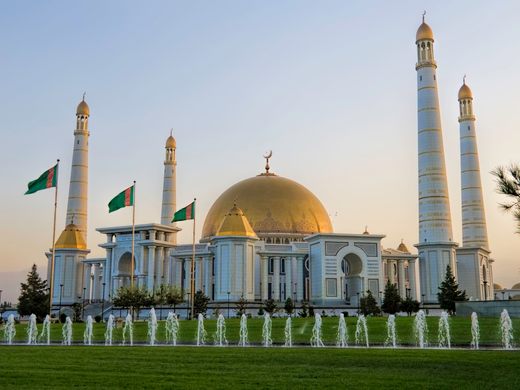
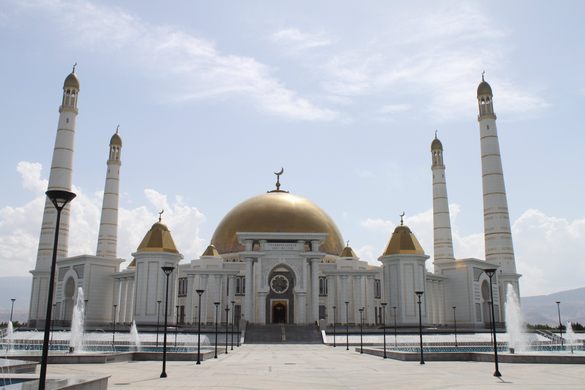
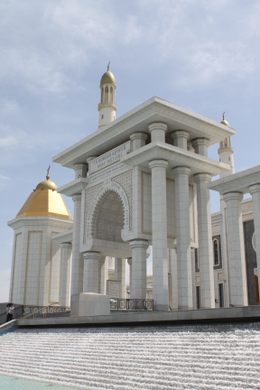
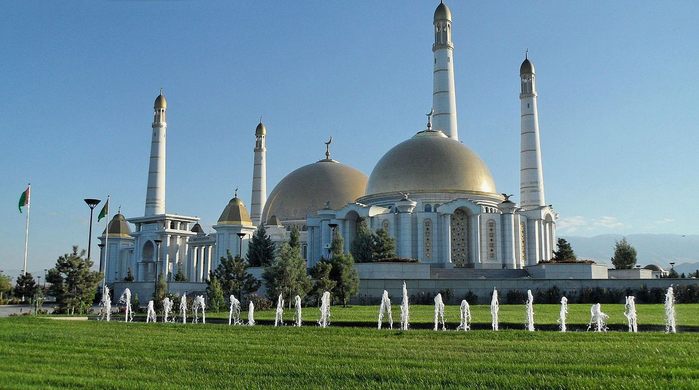



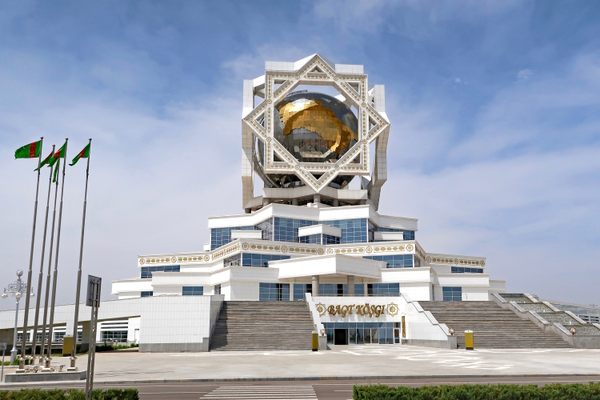





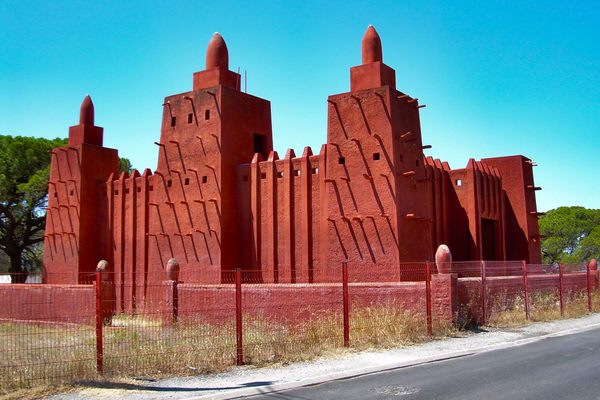
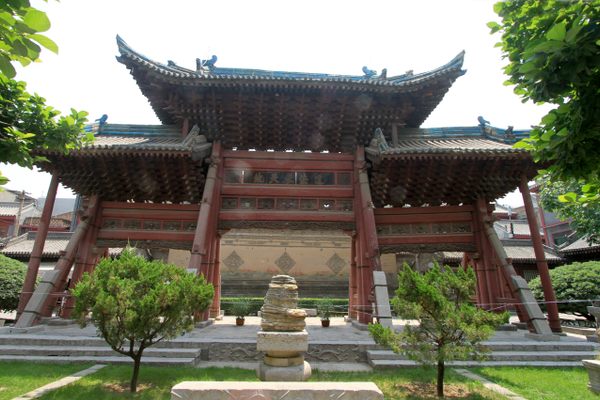

Follow us on Twitter to get the latest on the world's hidden wonders.
Like us on Facebook to get the latest on the world's hidden wonders.
Follow us on Twitter Like us on Facebook